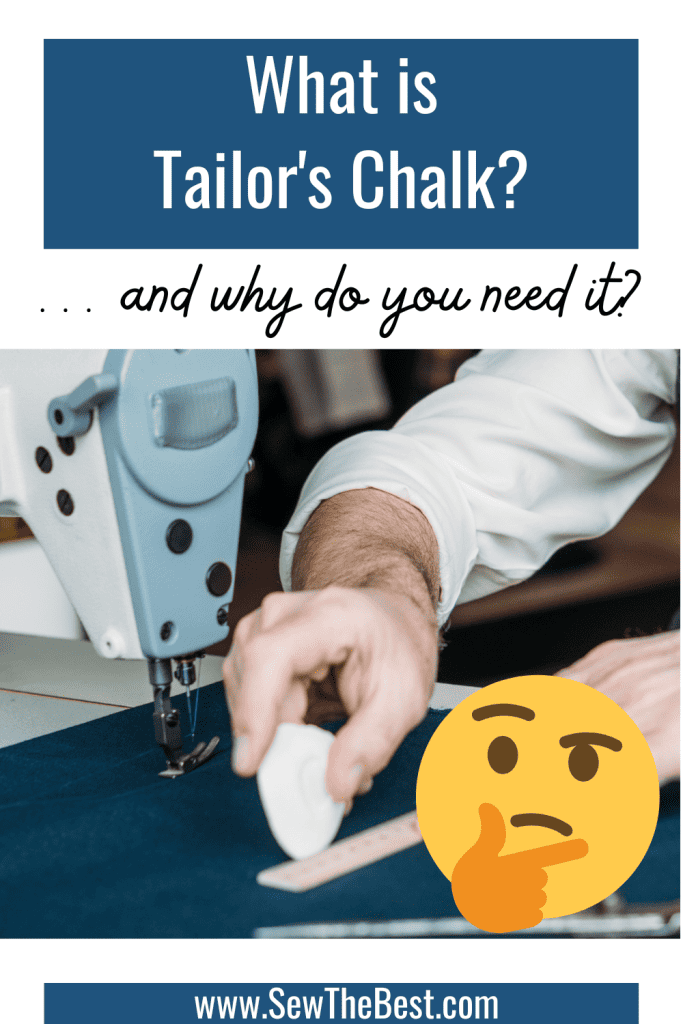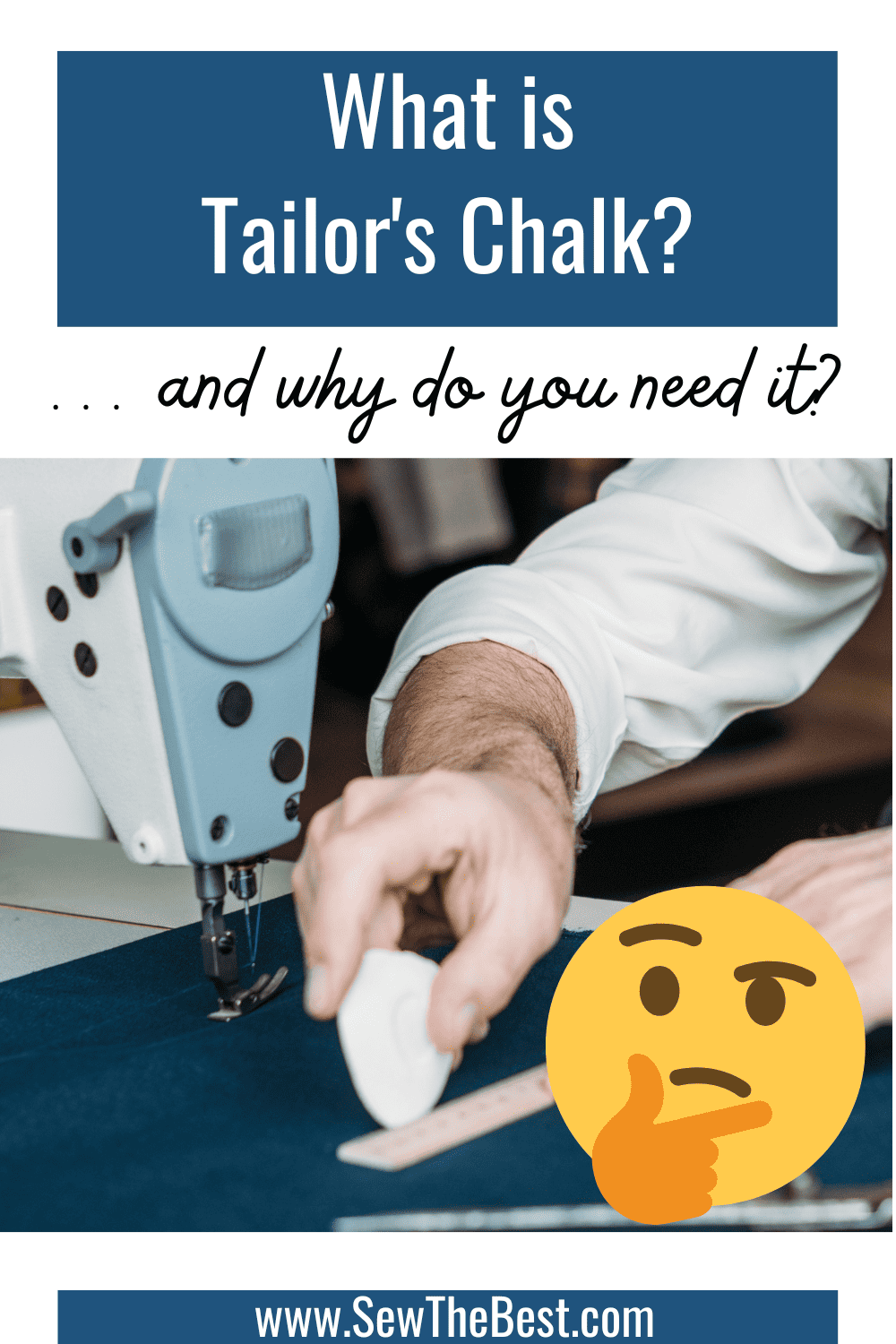In the intricate world of sewing, where accuracy is key, the challenge of marking patterns on fabric is a hurdle every tailor or seamstress faces. Enter tailor’s chalk, a time-tested solution that has earned its place as an indispensable tool. In this article, we’ll uncover the significance of tailor’s chalk, its benefits, applications, and address common questions. Join us in exploring how this unassuming tool plays a crucial role in achieving precision in sewing projects.

If you’re in a hurry (or just curious!) –
✅ Check deals on our Favorite Tailor’s Chalk!
asin_id is required.Pictured here – Triangular Tailor’s Chalk
What is Tailor’s Chalk?
Tailor’s chalk, a fundamental tool in the world of sewing, is for transferring precise pattern markings onto fabric surfaces. These marking tools are made from a combination of materials that ensure easy application without harming the fabric. They can easily be washed or ironed out of your final project without leaving a mark behind. Tailor’s chalk exists in various formats, including flat pieces, wax-based compositions, and triangular designs, each catering to specific sewing requirements.
There are many different versions of tailor’s chalk available. The traditional form is a flat structure, often triangular or square shaped and comprised of a chalk blend. Wax-based tailor’s chalk provides a sleek application on diverse fabric types, while triangle-shaped chalk offers easy handling and effective use. The choice of chalk type is a matter of fabric texture and individual preference, allowing sewers to mark patterns and obtain optimal sewing results. Personally, I prefer a white artist’s chalk pencil for my tailor’s chalk, simply for the ease of removing markings later – often these markings brush right out without needing to be washed.
FAQ
What is Tailor’s Chalk Made From?
Tailor’s chalk is typically composed of a mixture of chalk, pigment, and binding agents. These components come together to create a tool that can be applied smoothly to fabric surfaces without causing damage.
How Do You Use Tailor’s Chalk?
Using tailor’s chalk is straightforward. Hold the chalk firmly and apply gentle pressure as you glide it across the fabric. This leaves a visible yet temporary mark that guides your sewing process. Remember that the marks can be easily removed or brushed off when they are no longer needed.
Is Tailor’s Chalk Permanent?
No, tailor’s chalk is not permanent. One of its key advantages is that the markings it creates are temporary. This means that the marks will gradually fade over time or can be easily erased, ensuring that your fabric remains pristine after your sewing project is complete.
What is the Difference Between Tailor’s Chalk and Normal Chalk?
Tailor’s chalk and normal chalk may look similar, but they have distinct compositions and purposes. Tailor’s chalk is specially designed for sewing and fabric use, made from materials that allow easy application without harming the fabric. Regular chalk, on the other hand, is often used on chalkboards and is not suitable for marking fabric due to its texture and potential to leave permanent marks.
Summary
Tailor’s chalk, is a necessary tool for precision sewing. It makes temporary yet accurate markings crucial for guiding cuts, stitches, and folds in your sewing projects. With its adaptable forms, tailor’s chalk caters to diverse fabrics and preferences, standing as a testament to the marriage of creativity and practicality in the art of sewing. So, next time you sew, remember your tailor’s chalk!
Related Posts:
- Looking for more sewing tools? Check out our post, Beginner Sewing Tools
- Interested in precision cutting for your sewing projects? Check out our post on Rotary Cutters for Sewing!
